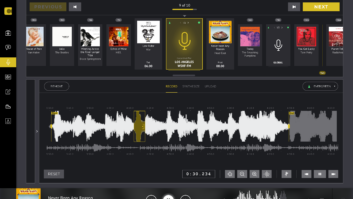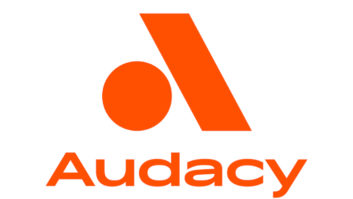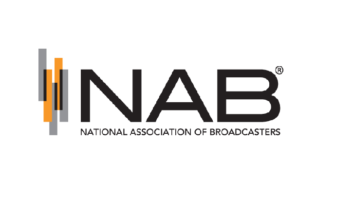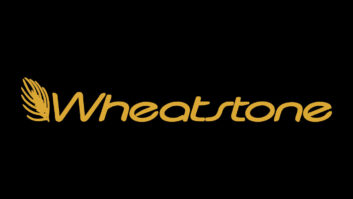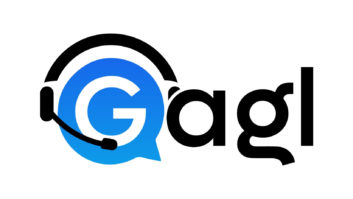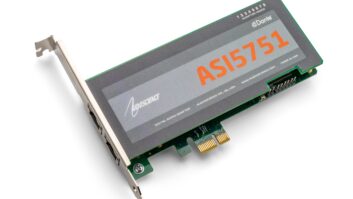(click thumbnail)Fairlight On Air bills its Fusion product as equally suitable for radio broadcast, production, editing and other audio applications.
The flexible architecture of the system seems appropriate to the busy multitasking environment of a modern audio facility, where personnel may have to perform various tasks using the same equipment.
The Fusion concept combines the traditionally disparate elements of acquisition, production, presentation and distribution by using a system of local and central DSP frames linked via fiber or twisted-pair MADI links, controlled by a number of remote mixing surfaces.
Routing schedules
A typical radio-station configuration might comprise two conventional control rooms, a newsroom and a central machine room.
Each of the four areas has a local DSP frame, with the three production rooms linked to the machine room via a 56-channel MADI fiber.
In order to accommodate individual needs, there are modular fader panels containing a block of four faders and associated controls in each room. Local I/O are hooked up to the satellite DSP racks.
Routing to and from external lines is achieved using the machine-room DSP frame, but under the control of local operators. Local subsystems can become as complex as the situation demands with analog and digital I/O, synchronization modules, multichannel MADI connections and control I/O.
Routing can be stored and recalled manually, or set to run to a schedule with different feeds available to and from each area for every program.
Users may define this on a daily basis, with up to three “special days” for holiday or event programming. For radio automation, the Fusion system integrates with Fairlight On Air CoSTAR software.
Fairlight On Air claims that the cost of a Fusion system is competitive with the analog equivalent. This claim holds up when one considers the various external processing, monitoring and routing devices.
Hot-swappable modules
Users can allocate equalizers, transient limiters, compressors, noise gates, expanders, de-essers, subsonic filters and mix-minus feeds to audio paths as required, with the user-chosen configuration stored in flash EPROMs.
The Fusion uses this type of storage extensively, giving it an operational advantage over less-well-designed digital solutions. The DSP engine is functional one second after power-up.
Even though the Windows-based configuration software might take somewhat longer, this is not needed in normal operation. Suffice to say, in a studio involving any kind of automation, it will not be the Fusion desk that holds things up after a power problem.
Modules in the DSP racks and fader panels are hot-swappable for on-air emergency maintenance. Communications between DSP racks and local control surfaces (or other DSP racks) is via a CAN-bus system – a reliable and simple system developed for the automotive industry.
Product CapsuleThumbs up:
Flexible setup
Can be designed to fit station needs
Hot-swappable modules and fader panels
Long-term value outweighs initial cost
Thumbs down:
Maybe too much flexibility
Initial cost, depending on setup
For information contact Fairlight USA in California at (800) 432 4754, fax (323) 465-0080 or visit www.fairlightonair.com
The modular nature of the DSP racks addresses the need of mixing and matching digital and analog sources. It is possible to use the same card slots for modules providing four analog connections or a pair of dual AES/EBU I/O with input sample-rate converters.
The 19-inch DSP racks are available in 3- or 6-RU versions and six formats. The simplest, the Fusion 3100, is a standalone unit that can house up to eight I/O modules.
Exercise in simplicity
The Fusion 3100 has CAN-bus and RS-232/422 connections and a single power supply. Additionally, it can act as the basis for a typical 12-input, eight-output mixer/workstation.
At its most sophisticated, the 6300M DSP rack is 6 RU high and can handle 96 audio I/Os, three multichannel links and has dual redundant power supplies.
Operation of the Fusion control surfaces is an exercise in simplicity.
Many broadcast facilities cannot afford the technical expertise to manage complex operations around the clock. As a result, a clear division exists between engineering and operational tasks.
Operators find themselves in front of a basic mixing surface. Each channel has a fader, five pushbuttons and a display, while a central control unit provides a single rotary control for assignable functions, as well as dedicated monitor level controls and many assignable keys.
The installer can build each console to use the space available – subject to a minimum of four and maximum of 20 stereo faders.
A 1-RU pushbutton panel and desk-mounted talkback control panel are available, and can be used to integrate the Fusion DSP racks with the outside world.
The system uses a Fairlight bargraph, VU meters or analog PPMs.
The only real drawback to the Fusion concept stems, ironically, from the very flexibility that makes it so usable.
Buyers of this system will need to make absolutely certain when drawing up their wish list that they have allowed for every eventuality. If the financial controller ever gets his/her head around the potential that the system offers for saving money on conventional processing, routing and infrastructure, s/he may never open her/his checkbook for anything else.






